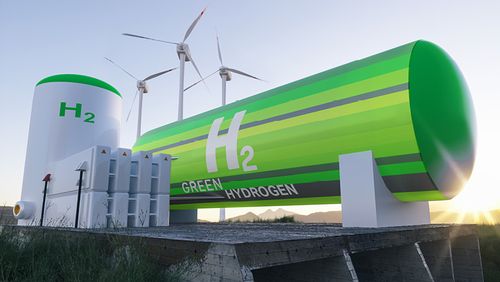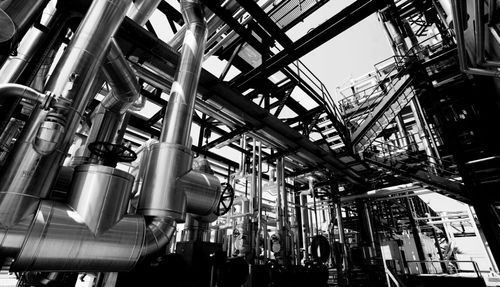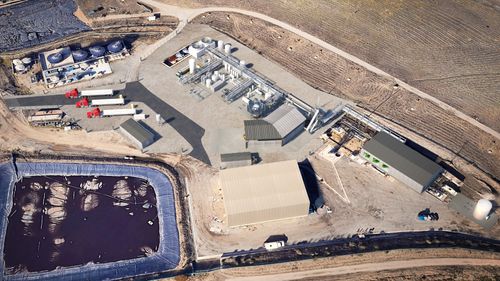Hydrogen and CCUS factor heavily into the projects that have been selected by the U.S. Department of Energy (DOE) as part of a $6 billion funding program for 33 projects across more than 20 states to decarbonize energy-intensive industries and reduce industrial greenhouse gas emissions.
The full list of winners selected for grant negotiations is here. Below are some of the highlights:
Steelmaker SSAB has been selected to negotiate for a grant of up to $500m for the Hydrogen-Fueled Zero Emissions Steel Making project, which would bring green hydrogen-based steel production to the United States to build the first commercial-scale facility in the world using fossil-free Direct Reduced Iron (DRI) technology with 100% hydrogen in Perry County, Mississippi. The project also plans to expand SSAB’s Montpelier, Iowa steelmaking facility to utilize the resulting hydrogen-reduced DRI. SSAB has signed a letter of intent for Hy Stor Energy to supply green hydrogen and renewable electricity to the DRI facility.
Cleveland-Cliffs has been selected to receive up to $500m for the Hydrogen-Ready Direct Reduced Iron Plant and Electric Melting Furnace Installation project for iron and steel, including plans to install a hydrogen-ready flex-fuel Direct Reduced Iron (DRI) plant and two electric melting furnaces at Cleveland-Cliffs’ Middletown Works mill in Ohio.
Orsted would receive up to $100m for its Star e-Methanol project, which plans to use captured carbon dioxide from a local industrial facility to produce e-methanol to reduce the carbon footprint for hard-to-electrify sectors like shipping. Orsted’s facility is estimated to produce up to 300,000 metric tons of e-methanol per year and would reduce the carbon footprint by 80% or more than traditional production methods.
Constellium has been selected to receive up to $75m for a zero carbon aluminum casting plant at its Ravenswood, West Virginia facility. The project would install low-emissions SmartMelt furnaces that can operate using a range of fuels, including clean hydrogen.
The National Cement Company of California would receive up to $500m for a carbon-neutral cement plant in Lebec, California. Instead of using fossil fuels, the project would use locally sourced biomass from agricultural byproducts such as pistachio shells, replace clinker with a less carbon intensive alternative (calcined clay) to produce limestone calcined clay cement (LC3), and capture and sequester the plant’s remaining approximately 950,000 metric tons of carbon dioxide each year.
Heidelberg Materials would receive up to $500m for an integrated carbon capture, transport, and storage system at their newly modernized plant located in Mitchell, Indiana. This project would capture at least 95% of the carbon dioxide from one of the largest cement plants in the nation and store it in a geologic formation beneath the plant property.






